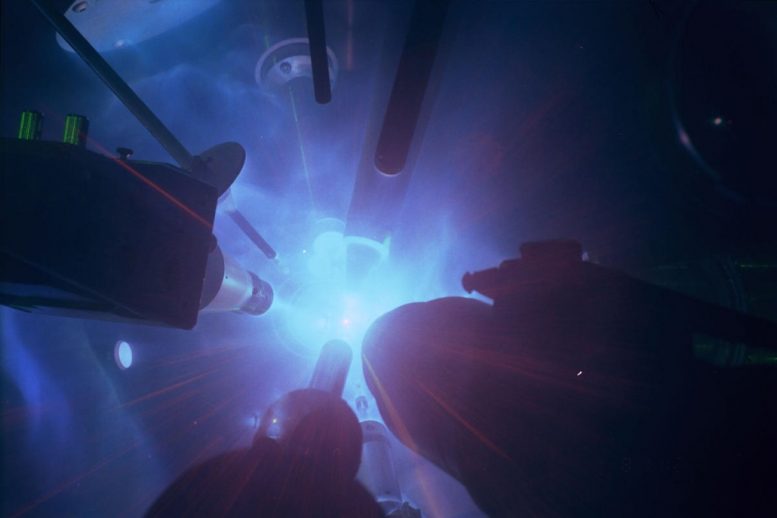
Inside the Omega Laser Facility’s target chamber during a shot. Experiments at this facility have provided insight into magnetic field generation. Credit: University of Rochester’s Laboratory for Laser Energetics
Using a proton probe to directly image electromagnetic fields, scientists from the Lawrence Livermore National Laboratory present evidence of Weibel-generated magnetic fields that grow in opposing, initially unmagnetized plasma flows from laser-driven laboratory experiments.
The generation of cosmic magnetic fields has long intrigued astrophysicists. Since it was first described in 1959, a phenomenon known as Weibel filamentation instability — a plasma instability present in homogeneous or nearly homogeneous electromagnetic plasmas — has generated tremendous theoretical interest from astrophysicists and plasma physicists as a potential mechanism for seed magnetic field generation in the universe.
However, direct observation of Weibel-generated magnetic fields remained challenging for decades. In a Nature Physics paper published this week, Lawrence Livermore National Laboratory (LLNL) researchers report for the first time well-developed, oriented magnetic filaments generated by the Weibel mechanism in counter-streaming, collision-less flows generated by high-power lasers.
“Comparison with 3D particle-in-cell simulations and a first-principles theoretical treatment proves that the magnetic field generation in such flows is real, and quite efficient,” said lead author Channing Huntington, a physicist at LLNL.
The team’s findings demonstrate the power of the Weibel instability to produce small-scale seed magnetic fields throughout the cosmos, which can be then further amplified to larger scales, creating the ubiquitous magnetic fields that are seen to exist in astrophysical systems. In addition, Weibel-generated magnetic fields may trap plasma ions, creating localized shocks where cosmic ray particles could be accelerated.
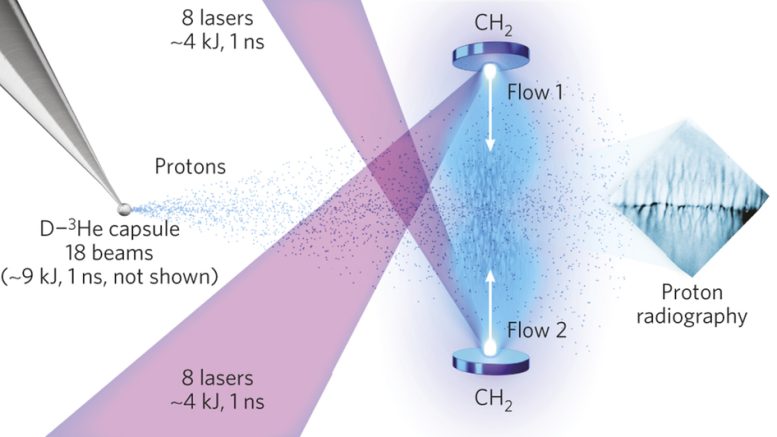
Counter-streaming plasma flows are generated using several laser beams to heat opposing plastic disks. A separate set of beams directly implodes a glass capsule containing deuterium and helium gas. The implosion generates a burst of protons that stream through the plasma flows and are deflected by electric and magnetic fields before reaching a detector plate, effectively recording the pattern of fields in the system. Credit: University of Rochester’s Laboratory for Laser Energetics
The researchers employed protons produced by the implosion of a D-3He (deuterium and helium) capsule that produced single energy at high flux. This high-quality data unambiguously revealed the elusive Weibel filamentation instability, which is a fundamental result that, due to the scalability of this process, will have a strong impact on the thinking of astrophysicists. Additionally, the 3D simulations performed to complement the data utilize cutting-edge techniques in the field of advanced computation, further extending the applicability of this work. These experiments were conducted at the Omega Laser Facility at the University of Rochester’s Laboratory for Laser Energetics.
“It is well-known that a range of magnetic field scales exist in the cosmos, but the origin of these fields has been an elusive question,” Huntington said. “Weibel instability has long been theorized as a mechanism to generate these fields, but this work offers the most compelling experimental evidence to date that this is indeed possible.”
Having developed a robust experimental platform and confirmed the generation of Weibel filamentation, the team envisions a broad range of follow-up experiments on OMEGA to test the magnetic field generation under conditions that are relevant to astrophysical systems (for example, in the presence of a pre-existing magnetic field, which may modify the instability growth). They also have begun a set of experiments at LLNL’s National Ignition Facility, where larger, faster plasma flows are believed to produce even higher fields and the Weibel mediated shock formation will be fully mature. These experiments will reach conditions not previously achieved in a laboratory setting.
The research was conducted in collaboration with an international team from Japan, the United Kingdom, Massachusetts Institute of Technology, Princeton, France, the University of Rochester, and the University of Michigan.
Reference: “Observation of magnetic field generation via the Weibel instability in interpenetrating plasma flows” by C. M. Huntington, F. Fiuza, J. S. Ross, A. B. Zylstra, R. P. Drake, D. H. Froula, G. Gregori, N. L. Kugland, C. C. Kuranz, M. C. Levy, C. K. Li, J. Meinecke, T. Morita, R. Petrasso, C. Plechaty, B. A. Remington, D. D. Ryutov, Y. Sakawa, A. Spitkovsky, H. Takabe and H.-S. Park, 19 January 2015, Nature Physics.
DOI: 10.1038/nphys3178

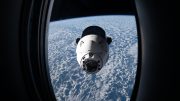
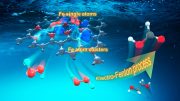

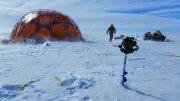


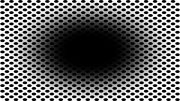

Be the first to comment on "Evidence of Weibel-Generated Magnetic Fields"